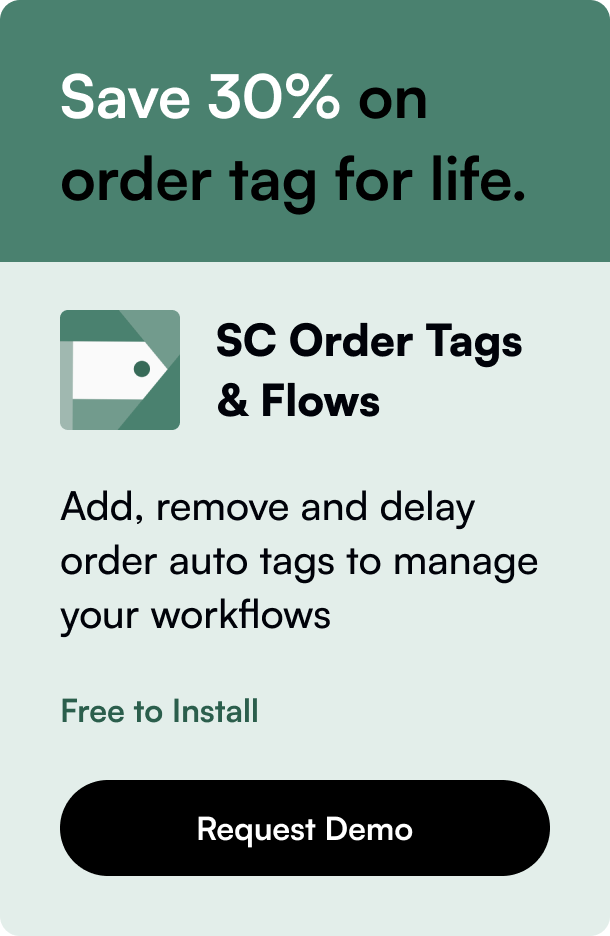Table of Contents
- Introduction
- Understanding the People Also Ask Feature
- Key Insights from the Semrush Study
- PAA's Influence on SERP Dynamics
- Optimizing Your Ecommerce Website for PAA
- Final Thoughts
- FAQ Section
Introduction
Imagine this: you're searching online for the latest tech gadget, and bam!—a box appears right beneath the search bar, preempting your next question with precision. That's Google's People Also Ask (PAA) feature at work. With ecommerce rapidly evolving, understanding and utilizing such features can be the difference between a thriving online business and one that's merely surviving. In today's digital marketplace, where immediacy is not just desired but expected, Google has intensified its efforts to answer users' queries promptly. The introduction of the PAA box is a testament to this commitment, changing how we approach SEO and content strategy in the ecommerce domain. This post will delve deep into the findings of a comprehensive study by Semrush and outline actionable strategies to optimize your ecommerce website for online marketing success.
Understanding the People Also Ask Feature
The People Also Ask (PAA) feature has become a staple on Google's Search Engine Results Pages (SERPs), appearing six times more frequently than other types of featured snippets. This prevalence underscores its importance in SEO and content strategy, particularly for ecommerce businesses. By providing immediate answers to subsequent user queries, the PAA feature not only enriches the user experience but also offers a unique opportunity for businesses to feature prominently in search results.
Key Insights from the Semrush Study
A thorough analysis by Semrush has revealed fascinating insights about the PAA feature's impact on digital marketing and ecommerce. For example, the paragraphs in the PAA box average 41 words in length, suggesting that concise, direct answers are more likely to be featured. Moreover, the study shows significant variability across industries, with computers and electronics enjoying the highest presence in PAA boxes. Understanding these nuances is crucial for ecommerce specialists aiming to leverage Google's rapidly evolving search landscape.
PAA's Influence on SERP Dynamics
PAA Prevalence Across Devices
The Semrush study highlights that PAA boxes appear in about 50% of searched keywords, with a slightly higher occurrence on mobile devices. This mobile-first approach aligns with the broader trend of increasing mobile search usage, emphasizing the need for mobile-optimized content strategies.
Industry-Specific Trends
Interestingly, the study also points out industry-specific trends, showing that not all sectors benefit equally from PAA visibility. This disparity signals the importance of tailoring your content strategy to your specific ecommerce niche, taking advantage of the heightened opportunity for visibility in less saturated markets.
Strategic Positioning Within SERPs
Perhaps most intriguingly, the PAA feature predominantly occupies the top three positions in SERPs, immediately following the first organic result. This positioning offers a strategic advantage for content that can satisfy the quick-answer format, potentially doubling your visibility on the first page of Google's search results.
Optimizing Your Ecommerce Website for PAA
Identifying Relevant Questions
The first step in optimizing your website for PAA is to identify the right questions to target. Utilizing tools like Semrush's Keyword Overview can help pinpoint high-volume, industry-relevant queries. This step is about understanding your audience's needs and tailoring your content to meet those queries head-on.
Crafting Quality Content
To stand out in the PAA box, it's not enough to have answers; those answers must be authoritative, concise, and directly relevant to the queries. Developing standalone pages or comprehensive FAQ sections that delve into these questions can significantly increase your chances of being featured.
SEO Best Practices
Beyond the content itself, on-page optimization plays a critical role in securing a PAA spot. This involves everything from ensuring your targeted questions are prominently featured in titles and headers to refining your overall SEO strategy to align with Google's natural language processing capabilities, such as those used by Rank Brain.
Content Formatting
Google shows a clear preference for certain content formats within the PAA box—be it lists, paragraphs, or tables. Tailoring your content's format to these preferences can directly impact your visibility in PAA results.
Final Thoughts
Optimizing your ecommerce website for Google's People Also Ask feature is not just about enhancing visibility; it's about strategically positioning your brand as an authoritative source in your industry. As digital marketing continues to evolve, staying ahead of the curve with features like PAA is crucial. It's not merely about responding to what users search for but anticipating their next questions and being there with the right answers. In the competitive digital landscape, such proactive strategies can make all the difference in driving traffic, boosting conversions, and establishing long-term customer relationships.
FAQ Section
Q: How often does the PAA feature appear in search results? A: PAA boxes appear in about 50% of searched keywords, with slight variations between desktop and mobile searches.
Q: Which industries benefit most from PAA? A: According to Semrush, the computer and electronics industry shows the highest presence in PAA boxes, followed closely by arts and entertainment.
Q: How can I identify the right questions to target for PAA? A: Utilize keyword research tools like Semrush to identify high-volume, relevant queries. Also, analyze PAA boxes in your industry to find related questions.
Q: What type of content works best for PAA? A: Concise, authoritative content that directly answers specific user queries is most effective. Google shows preference for list, paragraph, and table formats depending on the query.
Q: Is mobile optimization important for PAA visibility? A: Yes, with mobile searches accounting for over half of all searches, mobile-optimized content is crucial for PAA and overall search visibility.







